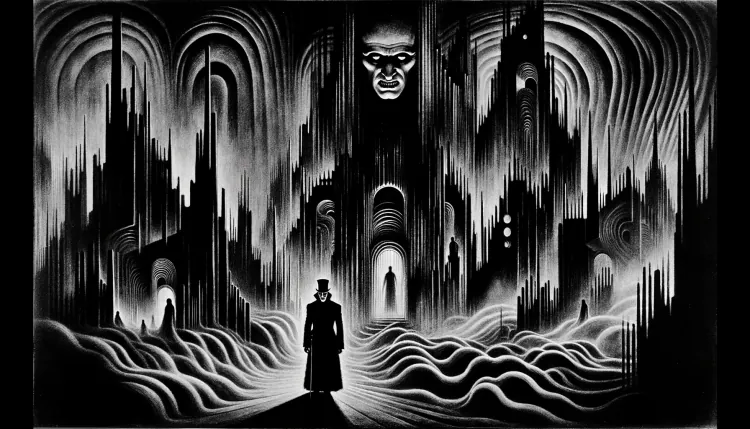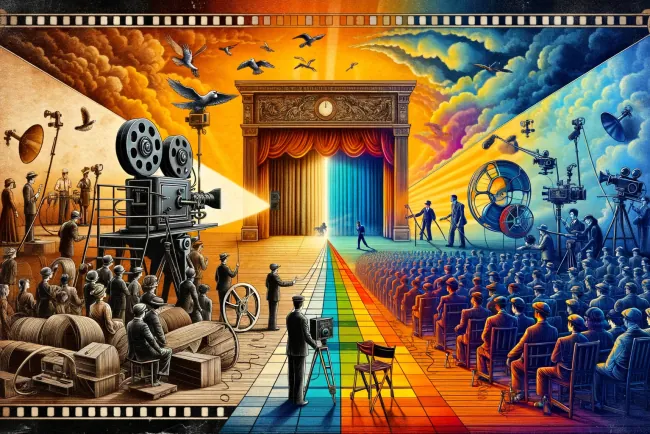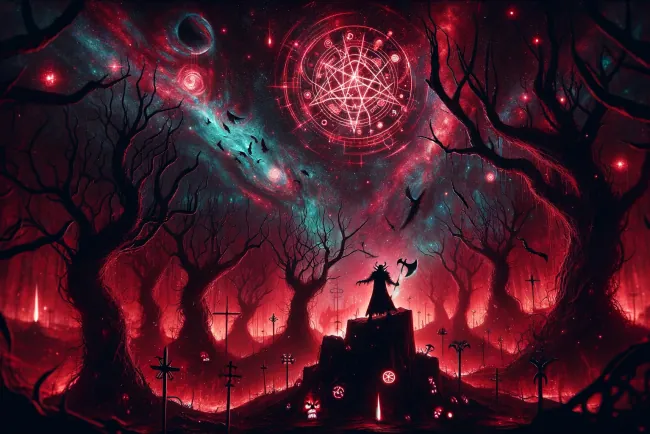The Cabinet of Dr. Caligari (1920): A Seminal Masterpiece of German Expressionism
A deep dive into The Cabinet of Dr. Caligari, showcasing its impact on cinema and German Expressionism

"The Cabinet of Dr. Caligari" (1920): A Seminal Masterpiece of German Expressionism
"The Cabinet of Dr. Caligari" is not only a pivotal film in the annals of cinema but also a cornerstone of the German Expressionist movement that profoundly influenced the visual and narrative style of filmmaking. Directed by Robert Wiene and released in 1920, this silent film remains a haunting emblem of psychological horror and is often credited with introducing the twist ending that has become a staple in later films.
Context and Background
Post-World War I Germany was a nation grappling with defeat and the socio-economic pressures of the Weimar Republic era. In this climate emerged German Expressionism, an artistic movement that sought to externalize inner emotions and thoughts through exaggerated visuals and stark contrasts. "The Cabinet of Dr. Caligari" embodies these characteristics perfectly, utilizing stylized sets, dramatic lighting, and distorted perspectives to explore themes of control, freedom, and the blurred lines between sanity and madness.
Plot and Narrative Style
The film’s plot revolves around Dr. Caligari, a sinister hypnotist who uses a somnambulist, Cesare, to commit murders. The story is told through a frame narrative, where the main narrative is a flashback recounted by the protagonist, Francis. This storytelling technique, combined with a twist ending that reveals the narrator himself is an inmate in an asylum, challenges the audience’s perception of reality and invites interpretations on many levels, including the critique of authoritarian power.
Visual Style
"The Cabinet of Dr. Caligari" is renowned for its visually striking set designs. The sets feature unnatural, distorted buildings and landscapes with sharp-pointed forms, slanted lines, and spirals, creating a dream-like, nightmarish world. This visual style, designed by artists Hermann Warm, Walter Reimann, and Walter Röhrig, is intentional in its departure from realism, aiming to visually manifest the inner turmoil and instability of the characters.
Impact and Legacy
The influence of "The Cabinet of Dr. Caligari" extends far beyond its original context. It introduced the world to the potential of film as a medium that could go beyond mere entertainment to explore complex psychological and existential themes. The film’s visual style influenced not only other German Expressionist films but also later Hollywood films, particularly in the horror and film noir genres. Directors such as Tim Burton and David Lynch have cited the visual and thematic complexity of "Caligari" as a major influence on their own work.
Furthermore, the film’s exploration of the power dynamics between authority figures and the marginalized, as well as its depiction of mental illness, remain relevant. Its portrayal of the corrupting influence of power and the victimization of the powerless resonates in many contemporary narratives.
Conclusion
"The Cabinet of Dr. Caligari" is a film that did more than define a genre or an artistic movement; it expanded the horizons of what film could achieve as an art form. Nearly a century later, its themes and visual innovations continue to inspire and provoke, securing its place not just in film history but in the broader discourse of modern art. As we reflect on its contributions, we see a film that is timeless in its ability to unsettle, engage, and provoke thought, highlighting the eternal conflict between perception and reality.
What's Your Reaction?






















